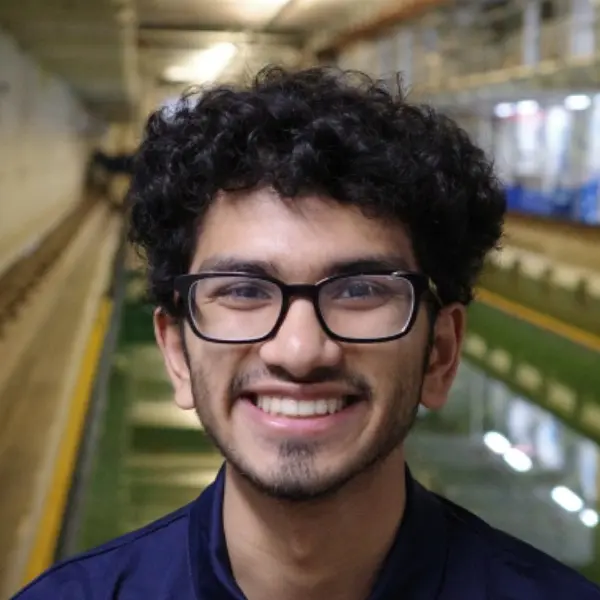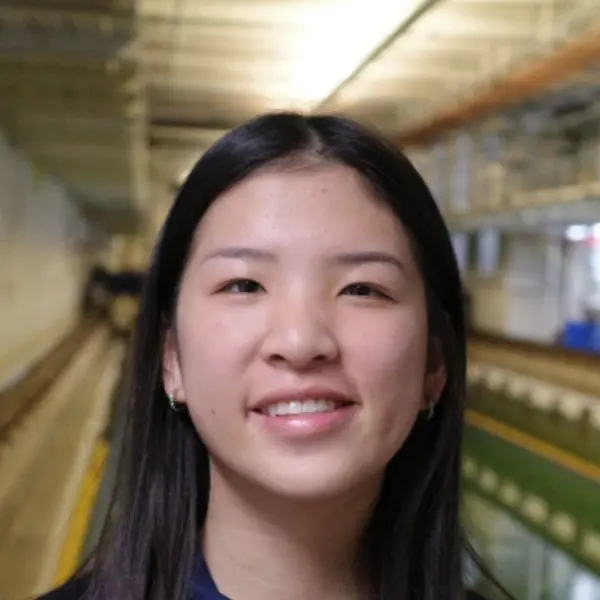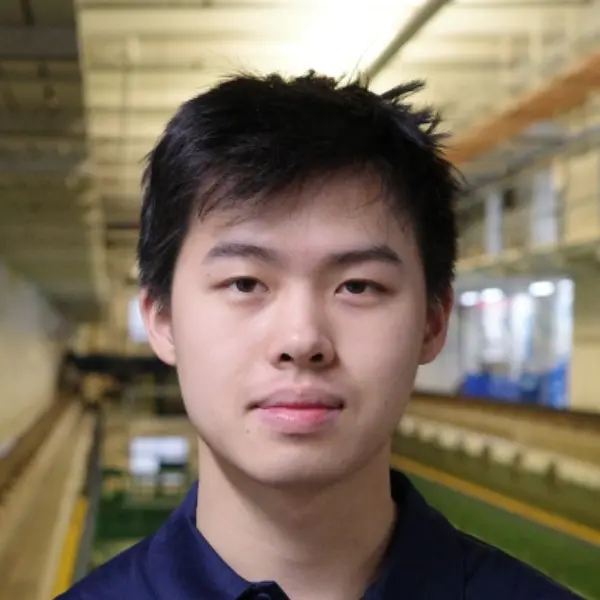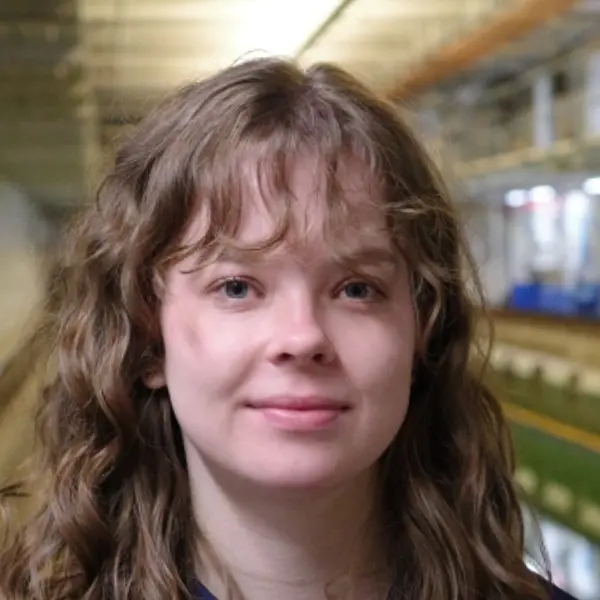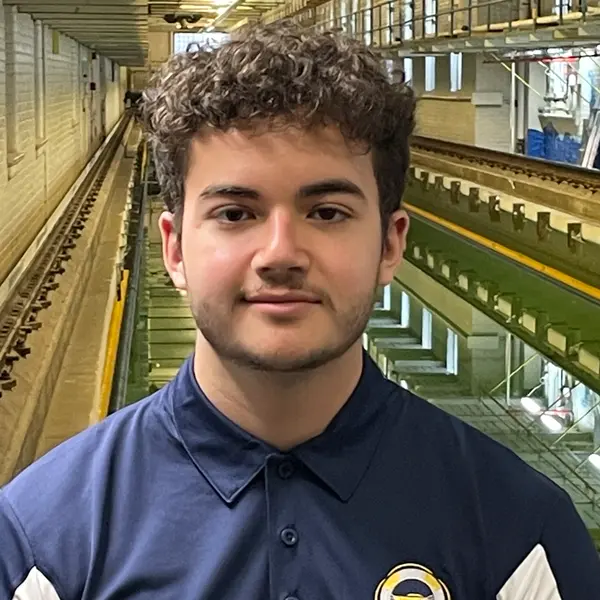Leadership
The Leadership team at UM::Autonomy is responsible for steering the overall direction of the project. Combining strategic foresight with tactical knowledge, they coordinate all subteams and resources towards a common goal. Ensuring clear communication, effective decision-making, and the overall well-being of the team, their role is essential to the successful execution of the project. Their responsibilities extend beyond project management to include cultivating a supportive, inclusive, and motivated environment for all team members to thrive.
-
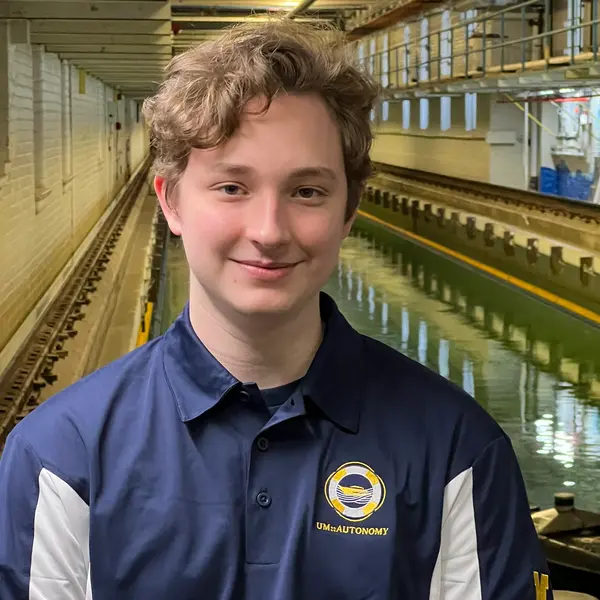 Ben BruickPresidentGraduating Winter 2026
Ben BruickPresidentGraduating Winter 2026 -
 Lani QuachVice PresidentGraduating Winter 2026
Lani QuachVice PresidentGraduating Winter 2026 -
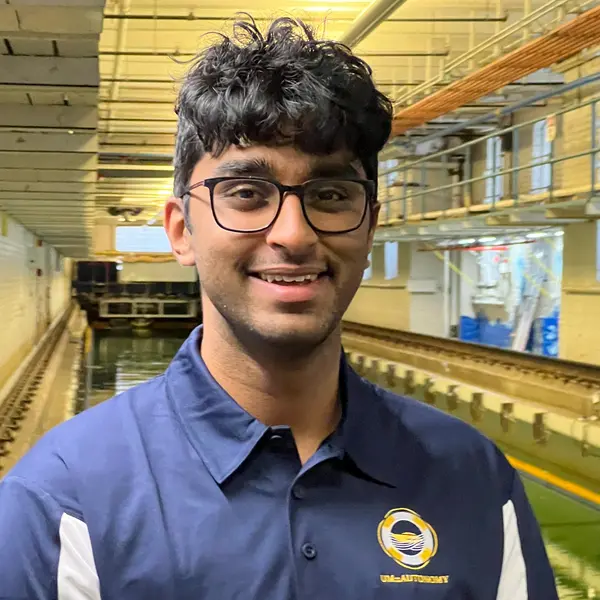 Aayush ShahElectrical LeadGraduating Winter 2025
Aayush ShahElectrical LeadGraduating Winter 2025 -
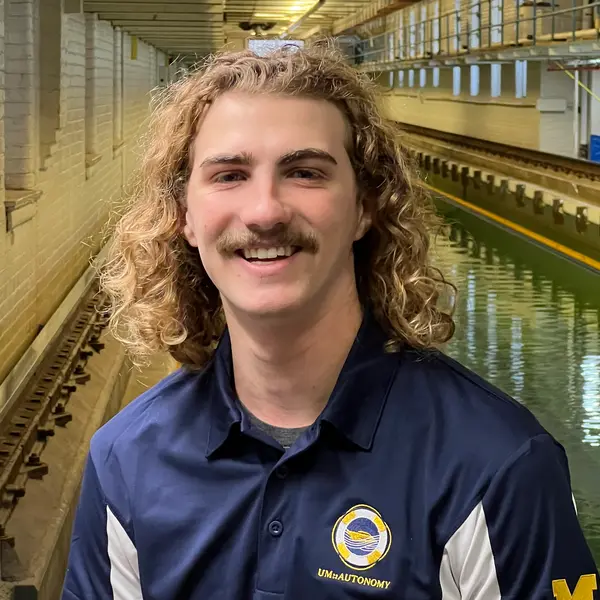 Gordon FreamChief Naval ArchitectGraduating Winter 2025
Gordon FreamChief Naval ArchitectGraduating Winter 2025 -
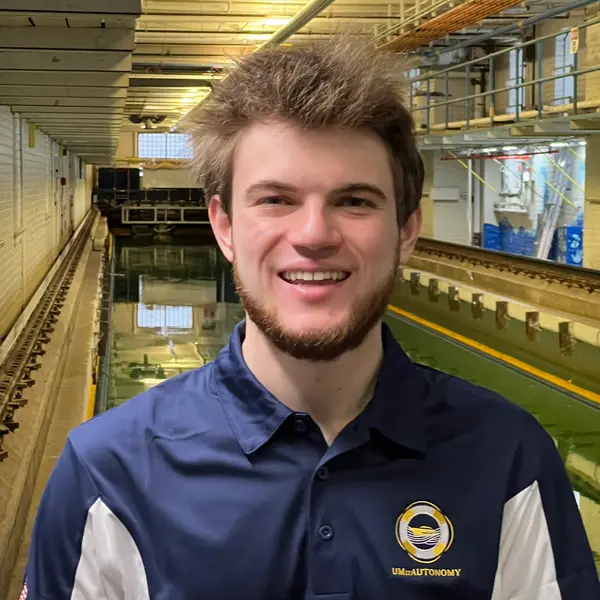 Ben SchattingerAI LeadGraduating Winter 2026
Ben SchattingerAI LeadGraduating Winter 2026 -
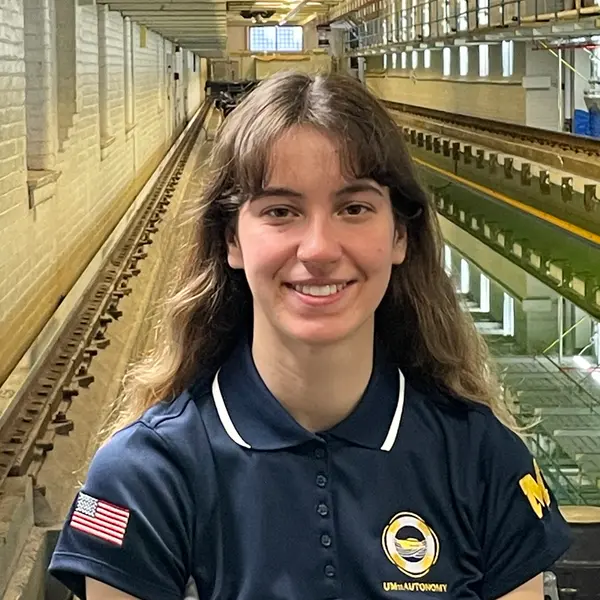 Georgia ZenderAI LeadGraduating Winter 2025
Georgia ZenderAI LeadGraduating Winter 2025 -
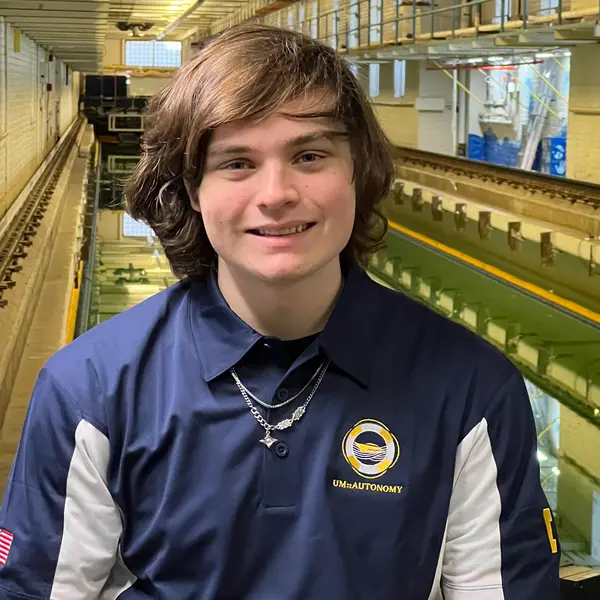 Christopher BriggsNavigation & Controls Co-LeadGraduating Fall 2024
Christopher BriggsNavigation & Controls Co-LeadGraduating Fall 2024 -
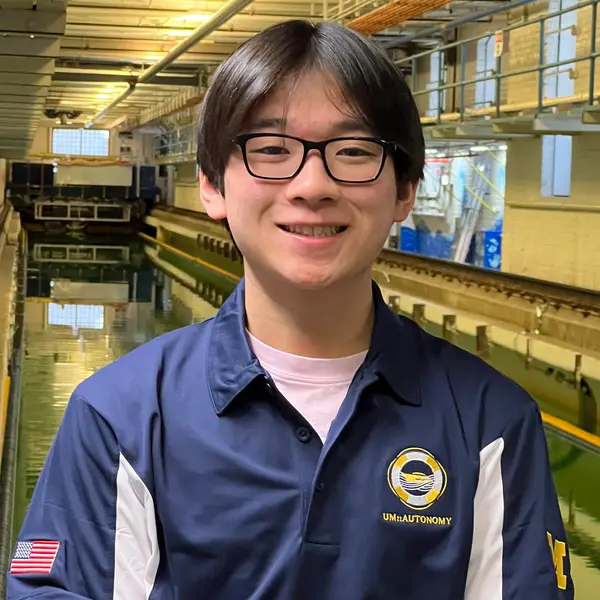 Siming TangComputer Vision LeadGraduating Winter 2027
Siming TangComputer Vision LeadGraduating Winter 2027 -
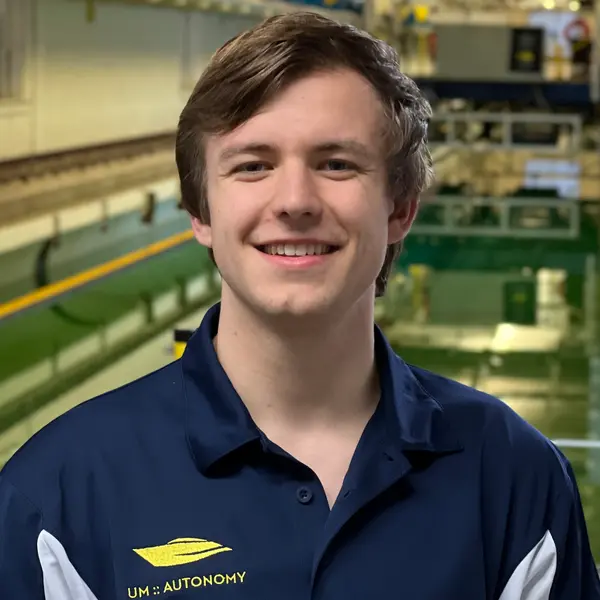 Jackson DonaldsonNavigation & Controls Co-LeadGraduating Winter 2025
Jackson DonaldsonNavigation & Controls Co-LeadGraduating Winter 2025 -
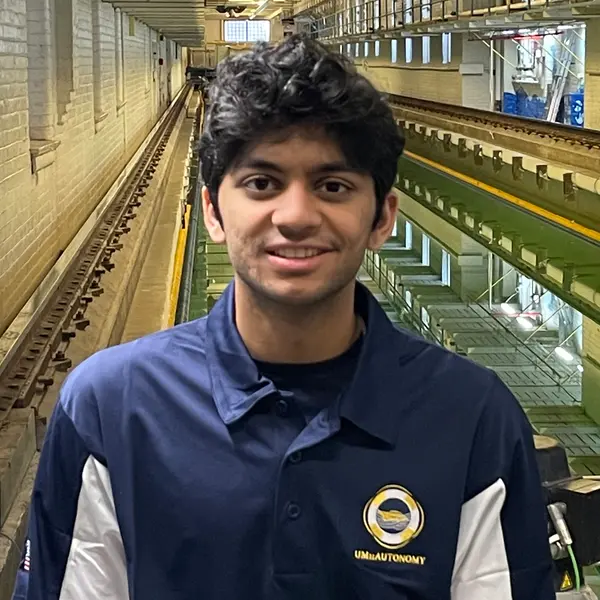 Sparsh BahadurComputer Vision LeadGraduating Winter 2026
Sparsh BahadurComputer Vision LeadGraduating Winter 2026 -
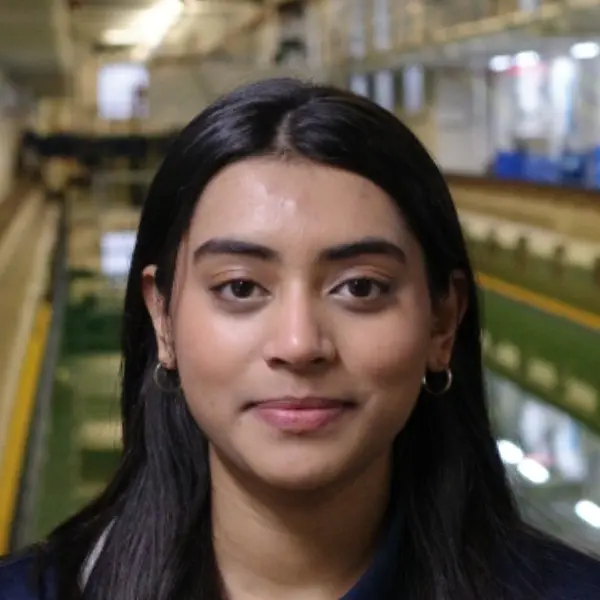 Tulasi AnantharamakrishnanBusiness LeadGraduating Winter 2027
Tulasi AnantharamakrishnanBusiness LeadGraduating Winter 2027 -
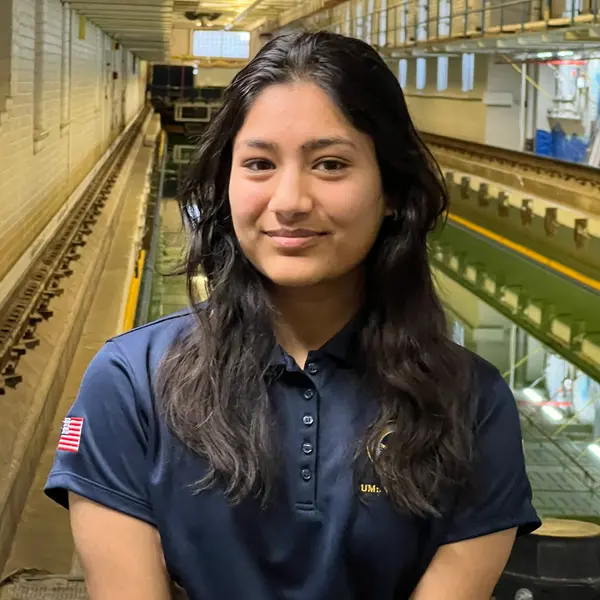 Archita SaraiyaMechanical LeadGraduating Winter 2027
Archita SaraiyaMechanical LeadGraduating Winter 2027 -
 Alice IvanitskiyMechanical LeadGraduating Winter 2026
Alice IvanitskiyMechanical LeadGraduating Winter 2026

